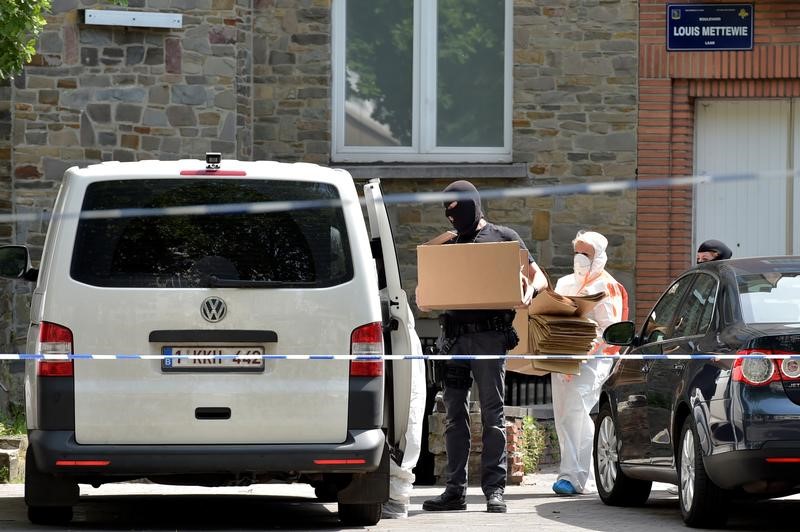
By Julia Harte and Dustin Volz
WASHINGTON (Reuters) – The U.S. Department of Homeland Security on Friday announced changes to a $10 million government grant program, narrowing its focus around efforts to combat Islamist extremism.
In an update to awards announced in January by former President Barack Obama’s administration, the department released a new list of grant recipients and amounts, shifting money to law enforcement offices and away from groups that combat U.S.-based extremism.
Reuters reported in February that President Donald Trump’s administration wanted to revamp the program to focus solely on Islamist extremism.
A DHS spokeswoman said the department changed the grant criteria after the release of the initial list to consider whether applicants would partner with law enforcement, had experience implementing counter-extremism prevention programs, and would be able to continue after the awards were spent.
“Top-scoring applications that were consistent with these priorities remained as awardees, while others did not,” said DHS spokeswoman Lucy Martinez.
Three local law enforcement offices in California, Washington state and Minnesota were among the new awardees, receiving grants totaling $1.2 million.
A spokesman for the Alameda County Sheriff’s Office in California said it would use the money to address extremism “on all fronts,” not just Islamist violence. Sergeant Ray Kelly cited violent clashes between right-wing and left-wing demonstrators that recently erupted in the city of Berkeley as an example of local extremism in the county.
Kelly said the office would use the grant money to train officers to better recognize and address signs of alienation that make young people vulnerable to extremism, with the help of behavioral health counselors who are already on staff.
The Muslim Public Affairs Council, a nonprofit group that works to improve public understanding and policies that affect American Muslims, said the Trump administration revoked its nearly $400,000 grant because the group “did not meet the criteria of working with law enforcement to counter violent extremism.”
The revised list also omitted several original awardees focused on U.S.-based extremism, such as Life After Hate, which tries to steer young people away from far-right extremism.
Christian Picciolini, a co-founder of Life After Hate, told Reuters his group was planning to use its $400,000 grant to scale up its counselor network of former extremists to “meet the highly increased requests for our services since Election Day.”
“The current administration’s lack of focus on domestic white extremist terrorism, let alone its denial to even acknowledge it exists, is highly troubling,” Picciolini wrote in an email.
(Reporting by Julia Harte and Dustin Volz; Editing by Bill Rigby and Bill Trott)









